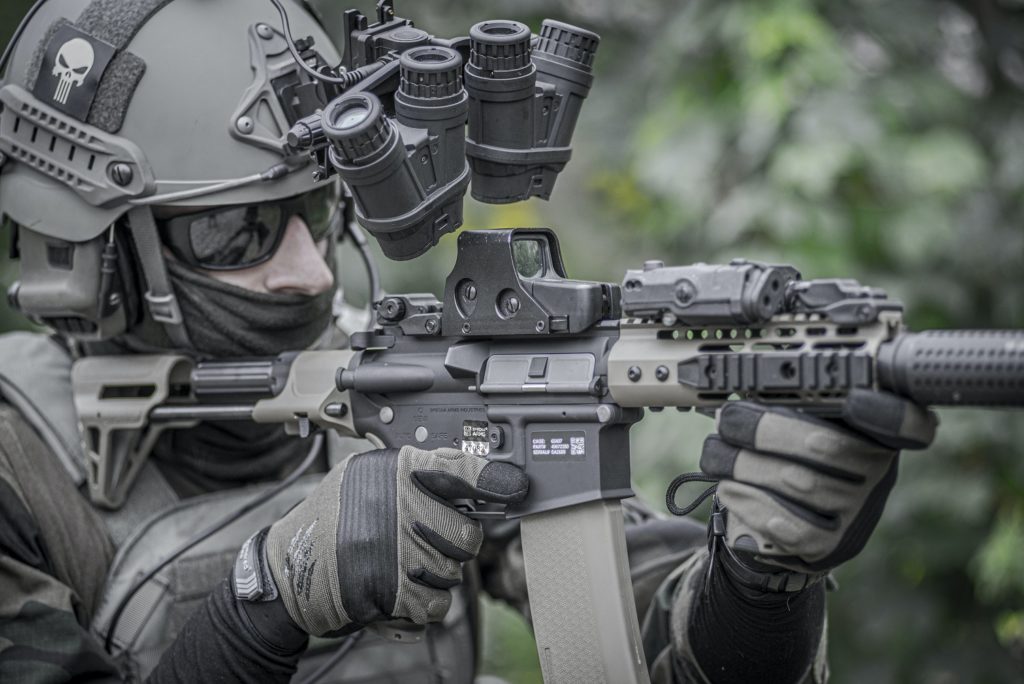
Is Level IIIA Armor Really Bulletproof?
No single piece of armor can make you impenetrable. So, don’t go about parading as the man of steel simply because you have a Level IIIA armor on. You might get hurt badly! As a result, law enforcement officers wear ballistic shields as an additional layer of defense. As an add-on to body armor, ballistic shields provide a larger area of protection.
However, this doesn’t mean that the Level IIIA armor offers no form of ballistic proof. For what it’s worth, all-round rifle ammo and handgun Magnum rounds are not a problem for Level IIIA armor. In the event of numerous hits, the armor may weaken and allow the shots to pass through. A ballistic shield attached to Level IIIA body armor might provide improved protection for combat officers. So, you can always improve your chances of not getting hit with extra ballistic support.
Although the Level IIIA armor is “bulletproof”, it offers lesser ballistic protection compared to the Level III armor. This is because the Level III armor is designed to withstand rifle caliber rounds. It is designed to withstand 147g FMJ 7.62mm (M80 military) bullets at 2,780fps and 147 grains when tested at Level III. The National Institute of Justice (NIJ) reports that 7.62mm Flat Nose (FN) rifle ammunition, which is commonly used in AK-47s and sniper rifles, can destroy Level IIIA body armor.
Bullets fired by an AR-15 equipped with a 5.56mm round will not penetrate Level III armor. The semi-jacketed hollow point (SJHP) in .44 Magnum will also be defeated by level III armor if its weight and muzzle velocity are less than 15.6 grams (240 gr) and 1,430 feet per second. This makes the Level III armor a more suited option if you desire extra ballistic protection.
For more articles, please click here.